Apple is considering how to redesign the Apple Watch and band, so that the watch can quickly be snapped on and off, letting owners take it off their wrists to use as a small, handheld device.
Apple has slowly been building up the Apple Watch as a separate device, progressively less dependent on users having aniPhone. Aside from the technology issues of fitting more functionality into such a small device, though, there is the fact of how the Watch is worn.
According to a newly-granted patent, "Watch Having a Release Mechanism," Apple sees being worn on the wrist as being both good and bad.
"Wrist watches and other wearable devices are generally attractive to users due to their portability, aesthetic appeal, or distinct functionalities that they can offer based on their being worn on or secured closely to the body of a user," says the patent.
"Unfortunately, existing wearable devices remain constrained in the range of functions that they offer or their usability for many desirable functions," the filing continues.
The patent is clear that these constraints do include technology ones, but it isn't aimed at what could be inside the Watch, or what the Watch could be used for. Apple does describe the benefits, though.
"This can be useful to, for example, permit sensors such as a camera in the watch housing to be operated while held in a user's free hand or while otherwise removed from the user's wrist," says the patent. "The attachment mechanism of the watch can allow for new or useful functionalities to be integrated in the watch housing that may not be possible or practical to operate while the watch housing is retained on the user's [wrist]."
Beyond that description, the patent is all about how to facilitate more use by making the body of the Watch quickly removable.
"[For instance, the] Watch can have an attachment mechanism that permits quick or ergonomic release of the watch housing or main case body from a user's wrist," says the patent. "This can be useful to, for example, permit sensors such as a camera in the watch housing to be operated while held in a user's free hand or while otherwise removed from the user's wrist."
"The attachment mechanism of the watch can allow for new or useful functionalities to be integrated in the watch housing that may not be possible or practical to operate while the watch housing is retained on the user's watch," says Apple.
Several "attachment mechanism" proposals are included in the patent, but the first and perhaps main one involves having a hard strap. So rather than today's typically fabric or otherwise bendable strap material, there could be at least a portion which is rigid.
Perhaps the whole strap could resemble a bangle, but it's the portion under the Apple Watch that must be solid.
"[The] attachment mechanism may be implemented with a nest-type mechanism," says Apple, "in which the watch band can remain wrapped around the user's wrist upon removal of the housing from the user's wrist and/or reattachment of the housing to the user's wrist."
Being able to snap a Watch off the strap is no use if you then have to fiddle to reattach it. Apple refers to the need for a "quick or ergonomic release of the Watch housing or main case body."
By "nest," Apple means having a hole in the strap where the Watch can sit. The underneath of the Watch, where the sensors are, could go into the hole.
That sounds like Apple intends to ditch the current way of attaching straps, but it isn't necessarily true. For among the patent's other variations on this idea, the old-style connectors stay, and it is only a portion of the Watch that detaches.
Apple's aim is to have a device that, with other unspecified technological advances, can be worn on the wrist, but taken off to do other jobs. It's easy to imagine a camera remote control, if not an actual camera, and there could be health advantages to being able to place the Watch on different parts of the body.
That's what this newly-granted patent is focused on, but it does also briefly acknowledge that all of this could end up being just a different way of putting on an Apple Watch.
"Additionally or alternatively," says Apple, "the attachment mechanism can allow for more quick, ergonomic, or convenient release of the watch or components of the watch from a user's wrist, without a need to operate a clasp, buckle, or closure mechanism that may be relatively more cumbersome to operate or disposed relatively far away from the watch housing (e.g., on an opposite side of the user's wrist)."
 William Gallagher
William Gallagher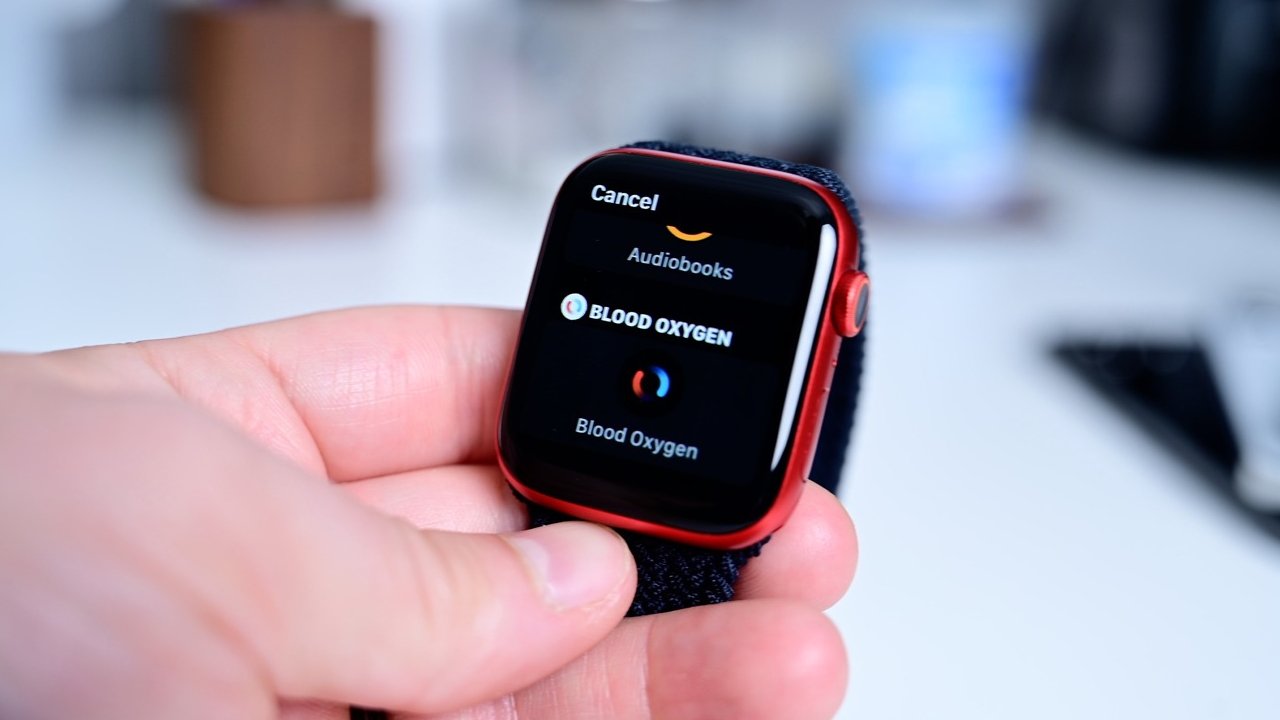
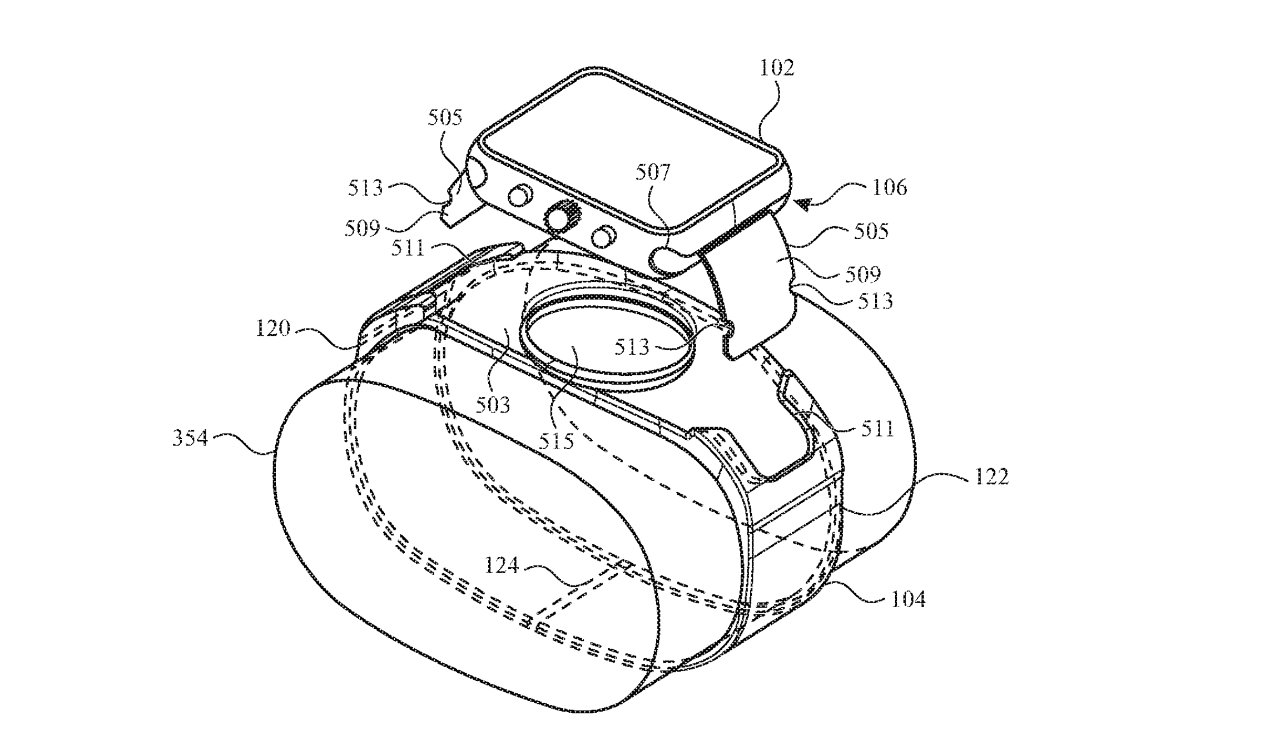
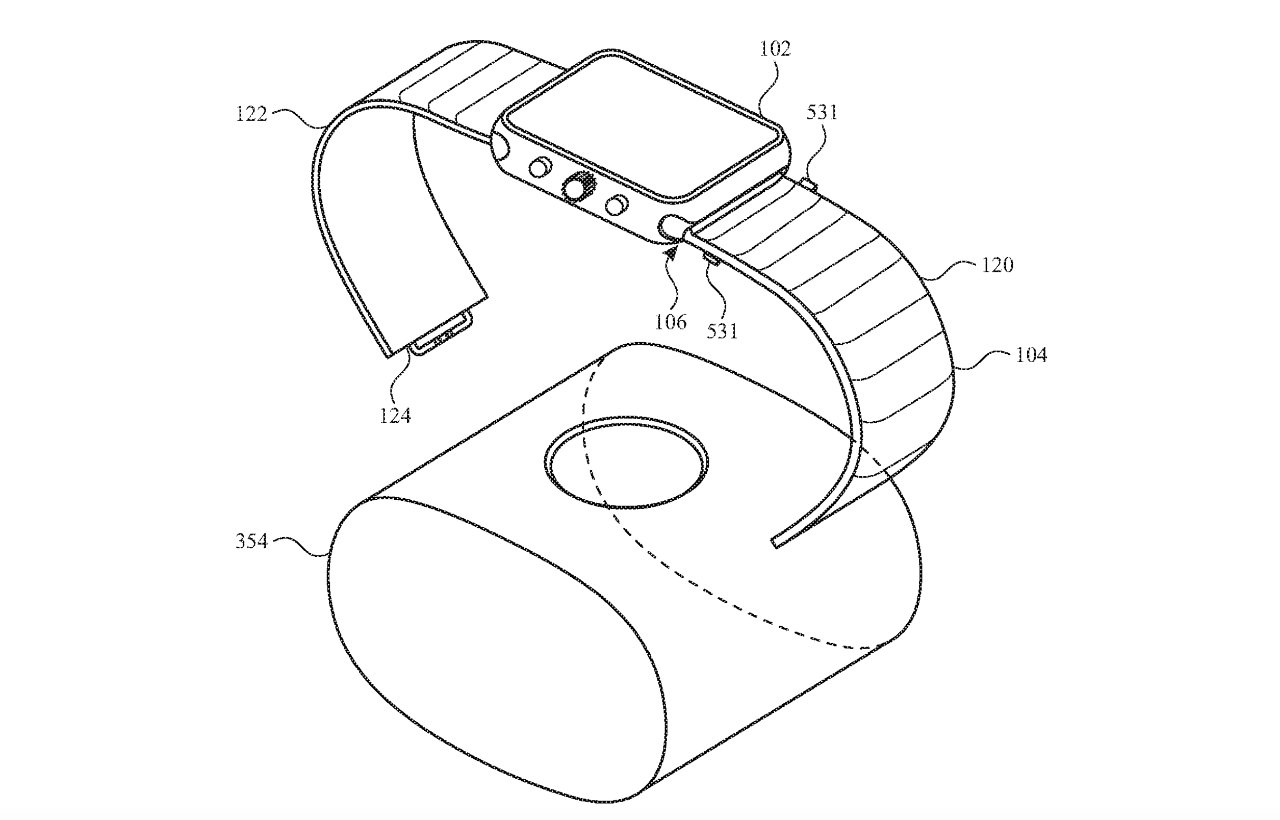



-xl-m.jpg)



-m.jpg)





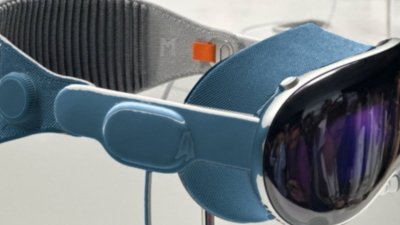

 Amber Neely
Amber Neely
 Malcolm Owen
Malcolm Owen
 Andrew Orr
Andrew Orr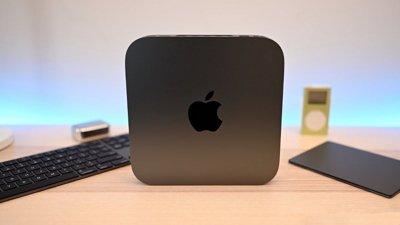


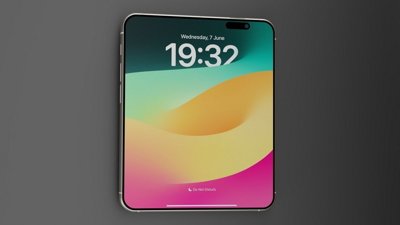
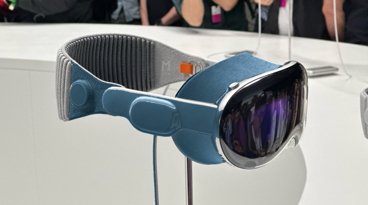
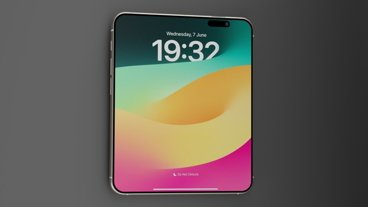
-m.jpg)






2 Comments
It’s interesting how the whole discussion is about how to make the watch detachable from one’s wrist (a problem I’ve already solved by using a braided solo loop band) and nothing (well, almost nothing) about what to do with it once it’s detached. A camera would be nice, or a body sensor (what kind??), but what else?
Any thoughts?
Buh, if Watch is set up for Mapple Pay, it locks when removed from wrist, requiring passcode to operate and constant skin contact to remain unlocked. And, what will stop people from stealing pop-off Watches?